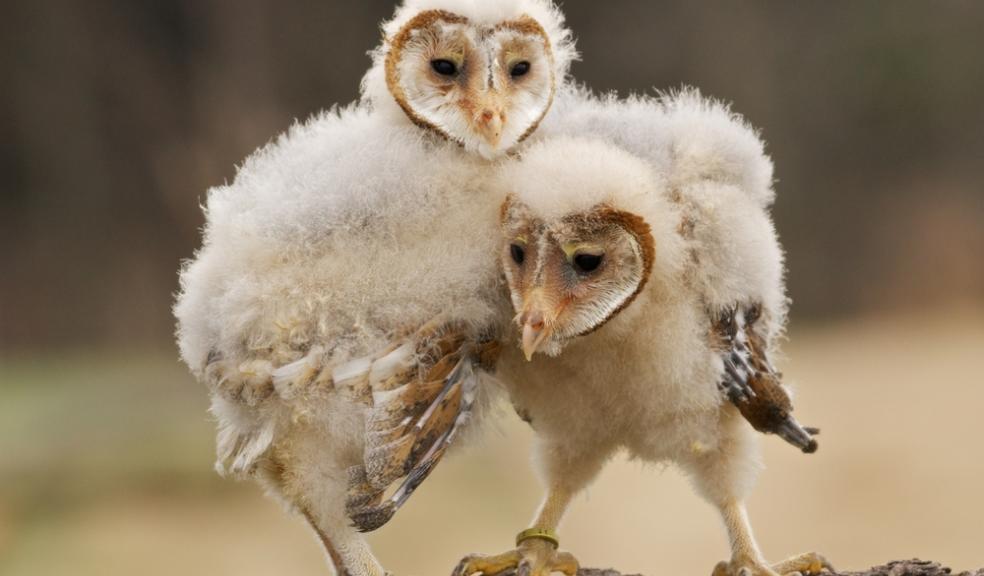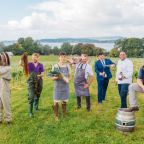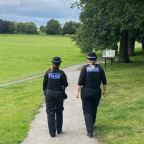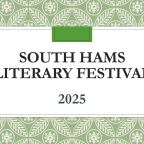
Devon survey reveals a catastrophic year for British barn owls
Britain's largest regular survey of barn owls, carried out once a decade in Devon, has revealed the extent of the devastation hitting the popular bird's breeding season.
According to the Barn Owl Trust, conservationists are describing 2013 as "the worst barn owl breeding season for over thirty years."
The Trust says: "A run of extreme weather events since 2009 has devastated not only people and property but barn owls and other wildlife. The final blow was March 2013."
Barn Owl Trust spokesperson, David Ramden MBE explains: "Barn owl mortality usually peaks in February and then things improve, but in March this year mortality just kept increasing and by the end of the month huge numbers were dead".
The British Trust for Ornithology recorded a 280% increase in reports of dead birds, many of which had starved, reports the Barn Owl Trust.
With numbers already low due to the bitterly cold winters of 2009/10 and 2010/11 and the extremely wet 'English summers' of 2010 and 2011, "in 2012 our hopes were high" says David Ramden.
"Fantastic summer weather in March 2012 meant that the owls started breeding earlier and by late May we were finding nests with as many as seven well-grown owlets. Then in June it all went horribly wrong. The rain started and just didn't stop. This prevented the adults hunting and many young birds starved. In some cases, we found entire broods of beautiful owlets dead in the nest".
"This year's round of 73 Annual Monitoring Site visits by the Barn Owl Trust has now revealed the extent of the devastation," says the Trust.
"On average, nesting occurs at 51% of sites; this year's figure is a mere 12% and 47% of nest sites are completely unoccupied.
"At the 12% of sites where pairs have managed to survive and breed, the average number of young in the nest is just two rather than the four or five that are needed for population recovery."
The survey in Devon is checking 1,234 sites this year.
The Barn Owl Trust says: "Out of 276 sites checked so far, barn owls are nesting at just seven. Of these seven, only four have young in the box and two have abandoned their eggs.
"Figures from independent barn owl groups around the country are all painting a similar picture.
"A hundred years ago the barn owl was a common farmland bird, if this year is anything to go by this beautiful bird is now far more scare than it was in the 1980s when it was estimated to have declined by 70% since 1932.
How you can help
If you see a barn owl dead or alive you can record your sighting on-line at www.barnowlsurvey.org.uk
Find out more about barn owls by exploring the Barn Owl Trust's website.
You can make a donation to support their work at http://www.barnowltrust.org.uk/infopage.html?Id=28











